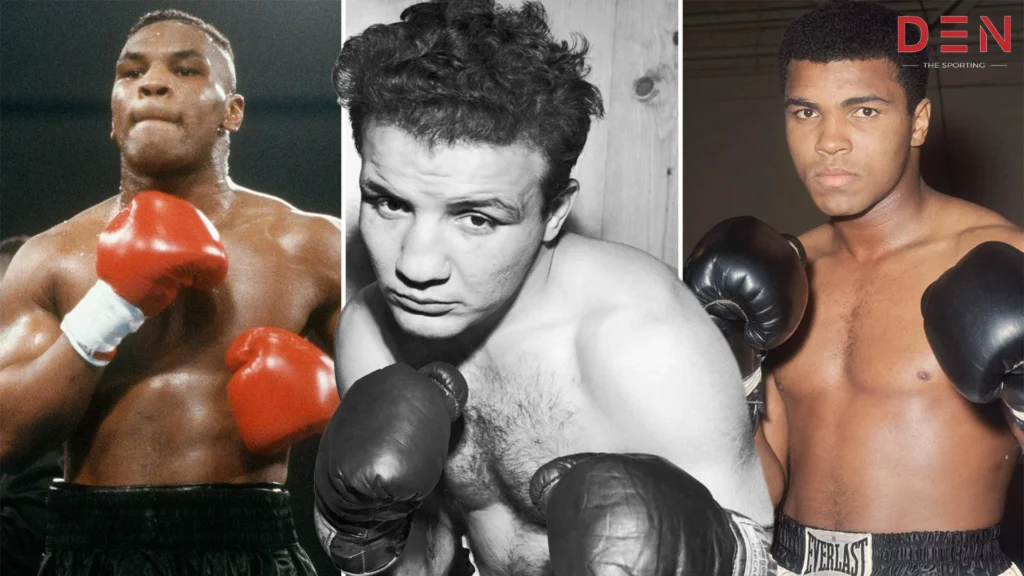
Stepping into the world of boxing can be both exhilarating and intimidating. As a beginner, the intricate footwork, powerful punches, and defensive maneuvers might seem overwhelming. However, with dedication and a focus on mastering the fundamentals, anyone can embark on this rewarding journey. This guide delves into the Essential Boxing Techniques for Beginners, equipping you with the foundational skills to build upon.
Suggested Read:
Essential Boxing Techniques for Beginners: Stance and Footwork, The Foundation of Movement
The foundation of effective boxing lies in your stance and footwork. A proper stance provides stability, balance, and power, while efficient footwork allows you to maneuver seamlessly, maintain distance, and create angles for offense and defense.
Stance:
Position yourself with your feet apart at shoulder width, ensuring a slight bend in your knees and an equal distribution of weight. Place your dominant foot (typically right for right-handed individuals) a bit behind your non-dominant foot. Maintain a tucked chin, engage your core muscles, and position your fists close to your face to create a protective shield.
Footwork:
Mastering footwork involves constant movement, maintaining good posture, and staying light on your toes. Practice shuffling left and right, maintaining your stance, and pivoting on the balls of your feet. Remember, agility and quickness are key, allowing you to react and adapt to your opponent’s movements.
Essential Boxing Techniques for Beginners: Punches, The Tools of the Trade
Boxing revolves around effective punching techniques. Here’s an introduction to the fundamental punches you’ll learn as a beginner:
Jab (1):
This is your fastest and most frequent punch. It’s a straight punch thrown with your lead hand, typically used to gauge distance, disrupt your opponent, and set up other punches.
Cross (2):
Your most powerful punch is the cross, thrown with your rear hand. Rotate your hips and shoulders as you extend your arm for maximum power.
Hook (3):
This short, powerful punch is thrown in a circular motion with either hand. It’s often used after a jab to exploit openings created by the initial punch.
Uppercut (4):
This vertical punch is thrown with either hand, targeting your opponent’s chin or midsection from a lower angle.
Remember, focus on proper form over raw power initially. Each punch should involve controlled movement, proper hip rotation, and a quick retraction of the hand to protect your face.
Essential Boxing Techniques for Beginners: Defense, The Art of Protection
Defense is as crucial as offense in boxing. Here are some fundamental defensive techniques:
Head movement:
Constantly move your head subtly up, down, and side-to-side, making yourself a difficult target. Avoid predictable movements and maintain a good chin position.
Footwork:
Utilize footwork to create distance, slip punches by shifting your weight, and roll punches by rotating your body slightly.
Blocks:
Learn basic blocks, such as the high guard (covering your head with your gloves), low guard (protecting your body with your forearms), and parry (redirecting an incoming punch with your gloves).
Developing a strong defense requires constant practice and an understanding of offensive techniques. As you progress, you can layer these basic defensive maneuvers to create a comprehensive defensive strategy.
Essential Boxing Techniques for Beginners: Combinations and Strategy, Putting It All Together
Once you’ve mastered the individual techniques, it’s time to connect them into combinations. Start with simple two-punch combinations like jab-cross (1-2) or jab-hook (1-3). As your coordination improves, explore more complex combinations, incorporating footwork and defensive movements.
Developing your boxing strategy involves understanding your strengths and weaknesses. Are you a quick and agile counterpuncher or a powerful pressure fighter? Tailor your approach based on your natural tendencies while remaining adaptable to your opponent’s style.
Essential Boxing Techniques for Beginners: Shadowboxing and Padwork, Honing Your Skills
Shadowboxing is an excellent solo training method that allows you to practice your punches, footwork, and combinations without a partner. Imagine an opponent in front of you and visualize throwing punches, moving around, and defending yourself.
Pad work involves working with a partner who holds pads while you throw punches and combinations. This provides real-time feedback on your technique, power, and accuracy. It also allows you to practice different angles and combinations in a controlled environment.
FAQs
There are two main stances: orthodox (right foot forward) and southpaw (left foot forward). Instructors will help you determine your natural stance and teach proper footwork and balance.
Beginners typically focus on mastering the jab (a quick, straight punch), the cross (a powerful straight punch with the rear hand), the hook (a short, powerful punch thrown in a circular motion), and the uppercut (a vertical punch aimed at the opponent’s chin).
Developing good defensive habits is crucial. Techniques include head movement (slips and bobs to avoid punches), blocking with gloves and forearms, and footwork (moving around the ring to create angles and maintain distance).
The WBA website: https://www.wbaboxing.com/
The WBC website: https://wbcboxing.com/
Summing It Up
While the guide Essential Boxing Techniques for Beginners serves as a starting point, mastering the art of boxing is a continuous journey. Keep in mind that maintaining consistency, staying dedicated, and nurturing a genuine thirst for knowledge are vital components of achieving success. It’s crucial to seek expert guidance from a certified boxing coach to guarantee correct technique, minimize the risk of injuries, and advance steadily in your training. Through consistent effort, you’ll not only enhance your physical prowess and agility but also cultivate mental fortitude, sharpen your focus, and bolster your resilience—traits that prove invaluable both inside and outside the boxing arena.
David Conn, a distinguished sports journalist with 20 years of experience, is a trusted voice in sports reporting. Known for his precision in dissecting NFL plays, analyzing NHL strategies, exploring soccer finesse, and diving into basketball tactics, Conn brings an unwavering commitment to storytelling. Join us as we explore the dynamic world of sports through Conn’s nuanced understanding of athletes, strategies, and narratives in NFL, NHL, football, soccer, basketball, and more.



